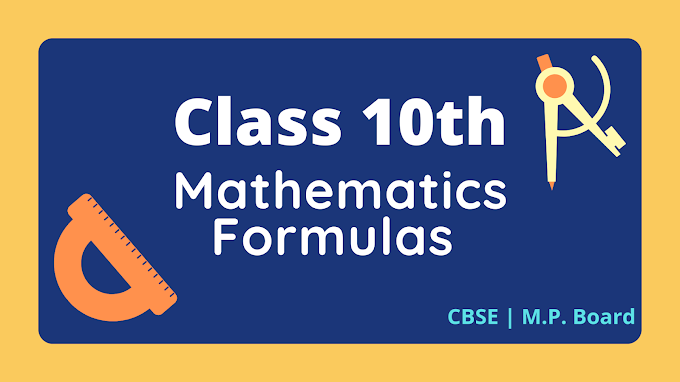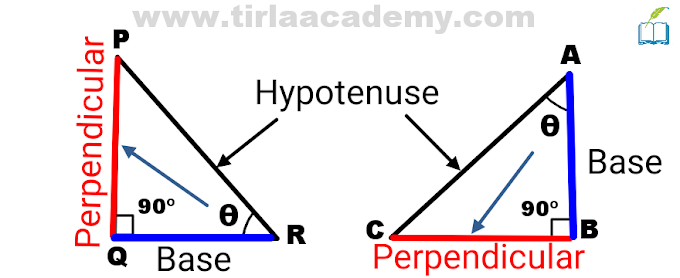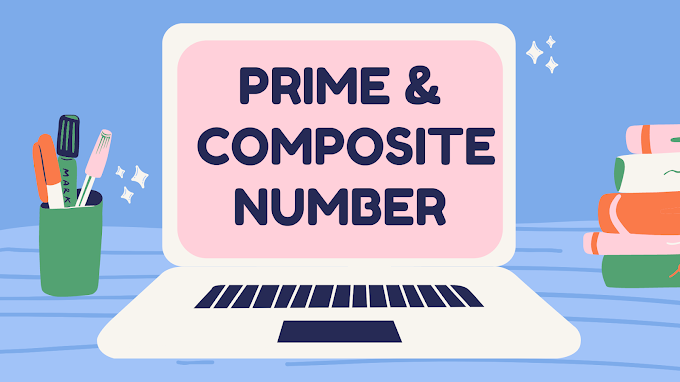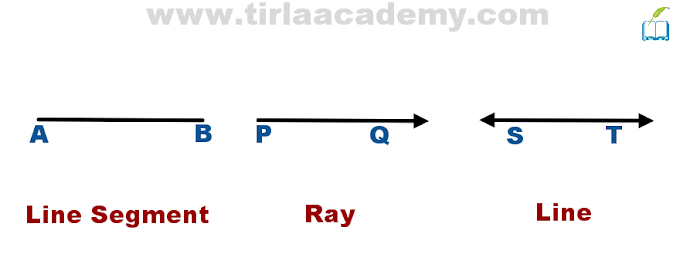From the moment you wake up, there’s a chance your mind is already pulling you in two directions. Maybe you want stability, but you’re tempted by adventure. Perhaps you believe you should be honest, yet fear the judgment that honesty brings. That warp between what you feel and what you believe is inner conflict, and it’s something everyone faces—even if most of us don’t always name it.
Defining Inner Conflict
Inner conflict is the mental and emotional tension that arises when at least two parts of you pull in different directions. One part might be driven by values and responsibility, the other by desire and freedom. It’s not just thinking hard about something; it’s the uneasy mix of feelings, beliefs, wants, or fears clashing inside. Sometimes you feel stuck, unsure what path feels true. Other times you feel ashamed, confused, even guilty because your values and actions don’t match.
Common Types of Inner Conflict
-
Moral Conflict
This happens when what you want to do clashes with what you believe is right. For instance, you might feel tempted to keep a secret because it benefits you, but deep down, you believe in honesty. That gap causes unrest inside. -
Emotional Conflict
These are clashing feelings. Love and anger fighting for your attention. Excitement and fear dancing together. Happiness and sadness overlapping. These dual emotions can leave you torn, unsure which one to follow. -
Goal Conflict
Sometimes you want two things, but doing both well feels impossible. Maybe you dream of a high‑pressure job, yet also need time to recharge or be with people you care about. You want success, but you also want peace—and choosing one often feels like giving up the other. -
Identity Conflict
This arises when different parts of your self don’t feel aligned. Maybe you grew up believing one set of expectations, and now you’re exploring a different path. Perhaps your work role, your friendships, or your values are evolving, and parts of you struggle to catch up. Identity conflict can cause you to question who you really are. -
Existential Conflict
At a deeper level, sometimes inner conflict nudges us to ask big questions: What is my purpose? Am I living in line with what I truly value? Do I even believe in the same things I used to? These thoughts can feel unsettling but often lead to growth.
Why Inner Conflict Matters
Inner conflict isn’t just uncomfortable—it’s meaningful. It signals growth, awareness, self‑reflection. When you notice conflict, you’re recognizing that some parts of you want change or deeper alignment. Ignoring inner conflict tends to lead to regret, resentment, or feeling like you’re living someone else’s life. Facing it helps you make decisions you feel good about, build integrity, and live more in alignment with your values.
How to Navigate Inner Conflict
Start by naming it—give it words. Which parts of you are in disagreement? What values, fears, hopes, or desires are involved? Then pause to listen to each side honestly. What does the “want” side need? What does the “should” side need? Sometimes writing it out helps: journal what each side says. After that, reflect: can you find a compromise or a middle path? What choices lead to integrity, not just convenience? Try small experiments: maybe you take a small step toward what feels more aligned, even if it scares you. Over time, you’ll train yourself to act even when the inner tug is strong.
Final Thought
Inner conflict can feel messy. It can feel heavy. But it’s also a sign that you’re alive, that you’re aware, that you’re growing. When you meet your inner conflict with curiosity instead of judgement, you stop being torn apart—and begin weaving the threads of a life that feels whole and true.





